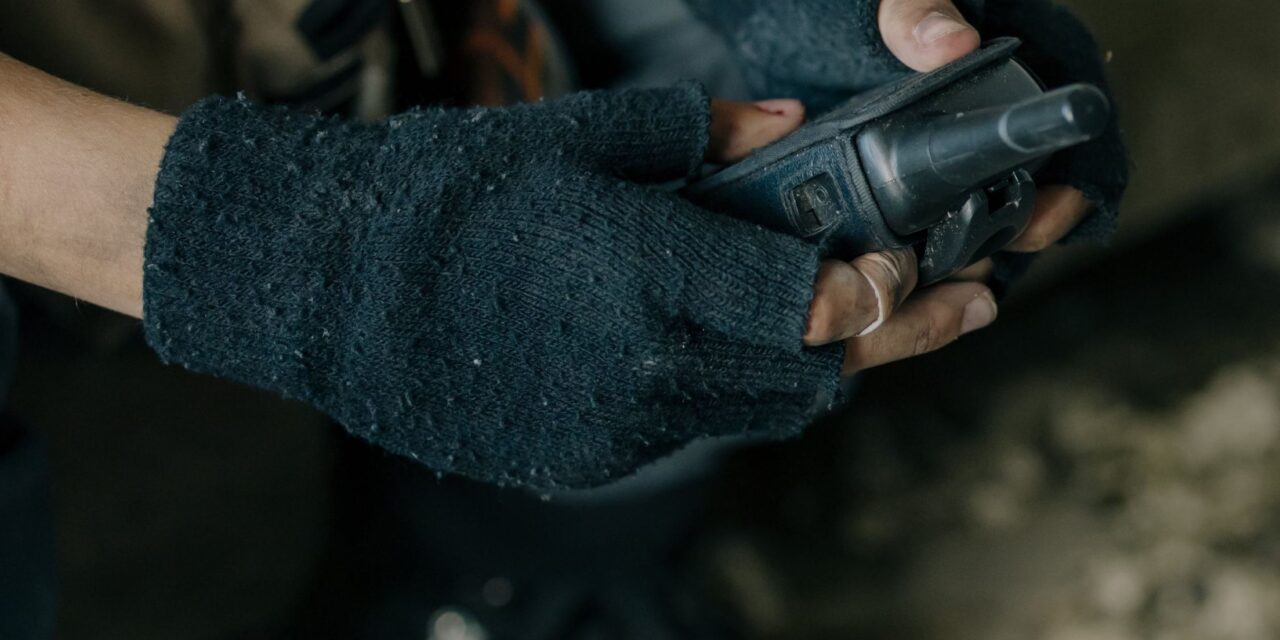Understanding the Importance of Essential Survival Gear
In the pursuit of preparedness and resilience, understanding and equipping yourself with essential survival gear is a fundamental step. This in-depth guide is meticulously crafted to walk you through the crucial equipment necessary for a range of survival scenarios – from wilderness excursions to urban survival situations. Whether you’re an experienced outdoorsman, a casual hiker, or someone who wants to be ready for any emergency, knowing what constitutes essential survival gear is pivotal.
The concept of survival gear is not just about accumulating a set of tools and items; it’s about equipping oneself with the means to tackle unexpected challenges effectively. This guide aims to shed light on the vital gear that should be part of any survival kit, explaining the function, importance, and correct usage of each item. Integrating expert insights and the latest research, we strive to present a comprehensive overview that resonates with both beginners and seasoned survival enthusiasts.
Our approach is to go beyond mere listings of gear. We delve into why each piece is crucial, how it can be utilized in various survival situations, and tips for selecting the best quality and type for your specific needs. By the end of this guide, you’ll have a clear understanding of the essential survival gear necessary to navigate through unpredictable circumstances with confidence and preparedness.
Detailed Breakdown of Essential Survival Gear
Core Items for Survival
At the heart of every survival kit are core items that address basic human needs. Let’s break down these essentials:
- Water Purification Tools: Access to clean water is critical. Include items like water filters, purification tablets, or a portable desalination device.
- Shelter Solutions: A compact, lightweight tent or tarp, coupled with a thermal blanket, can provide crucial protection from the elements.
- Fire-Starting Equipment: Waterproof matches, lighters, and fire starters are indispensable for warmth, cooking, and signaling for help.
Food Procurement and Preparation
Nutrition is vital for maintaining energy and health in survival situations:
- Compact Cooking Gear: A small stove, fuel, and basic cookware enable you to prepare food efficiently.
- Energy-Dense Food: Pack high-calorie, non-perishable food items like energy bars, dried fruits, and nuts.
Tools for Navigation and Communication
Staying oriented and being able to communicate are critical:
- Navigation Tools: A reliable compass, detailed maps, and a GPS device are fundamental for finding your way.
- Communication Devices: Consider a satellite phone, emergency beacon, or a two-way radio for situations where traditional cell service is unavailable.
Health and Safety Essentials
A well-equipped kit also addresses health and safety:
- Comprehensive First Aid Kit: Include bandages, antiseptics, pain relievers, and specific medications you might need.
- Survival Knife and Multi-Tool: These versatile tools are vital for various tasks, from building shelter to preparing food.
- Signaling Devices: Flares, whistles, and signal mirrors can be life-saving for attracting rescuers’ attention.
Extra Gear for Enhanced Preparedness
Beyond the basics, consider these additional items:
- Protective Clothing: Durable, weather-appropriate clothing and sturdy footwear are essential.
- Headlamp or Flashlight: Reliable lighting is crucial, especially in unfamiliar or dark environments.
- Backup Power Source: A solar charger or extra batteries ensure your electronic devices remain functional.
Summary and Key Takeaways: Mastering Your Essential Survival Gear
Our exploration of essential survival gear has equipped you with vital information to prepare effectively for any survival situation. Let’s summarize the critical elements:
- Water, Shelter, and Fire: Prioritize items that address these fundamental needs – water purification tools, shelter solutions, and fire-starting equipment.
- Food Preparation: Include energy-dense, non-perishable food items and compact cooking gear for sustenance.
- Navigation and Communication: Equip yourself with reliable navigation tools and communication devices for orientation and rescue purposes.
- Health and Safety: A comprehensive first aid kit, a survival knife, multi-tool, and signaling devices are indispensable for addressing health emergencies and ensuring safety.
- Additional Preparations: Protective clothing, lighting solutions, and backup power sources enhance your overall preparedness.
Best Practices for Gear Selection and Maintenance
Choosing the right gear and maintaining it are as crucial as knowing what to pack:
- Select Quality Over Quantity: Invest in high-quality gear that you can rely on in critical situations, rather than accumulating numerous lower-quality items.
- Customize According to Needs: Tailor your survival kit to fit your specific environment, expected challenges, and personal needs.
- Regularly Review and Update: Periodically check and update your gear. Replace expired items, and consider newer, more effective tools as they become available.
- Familiarize and Practice: Regularly practice using each item in your kit. Familiarity with your gear is key in a survival situation.
- Stay Informed and Adapt: Keep abreast of the latest developments in survival gear and techniques. Adapt your kit and strategies accordingly.
In conclusion, a well-assembled and maintained set of essential survival gear is a cornerstone of preparedness and safety. By carefully selecting and familiarizing yourself with each piece of equipment in your survival kit, you ensure that you are well-equipped to handle unexpected challenges, enhancing your resilience and confidence in the face of adversity.








